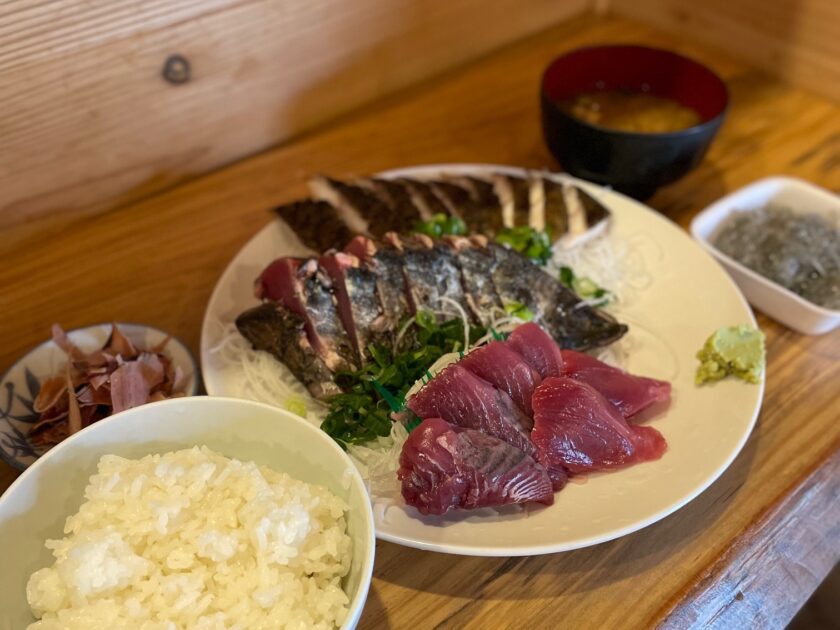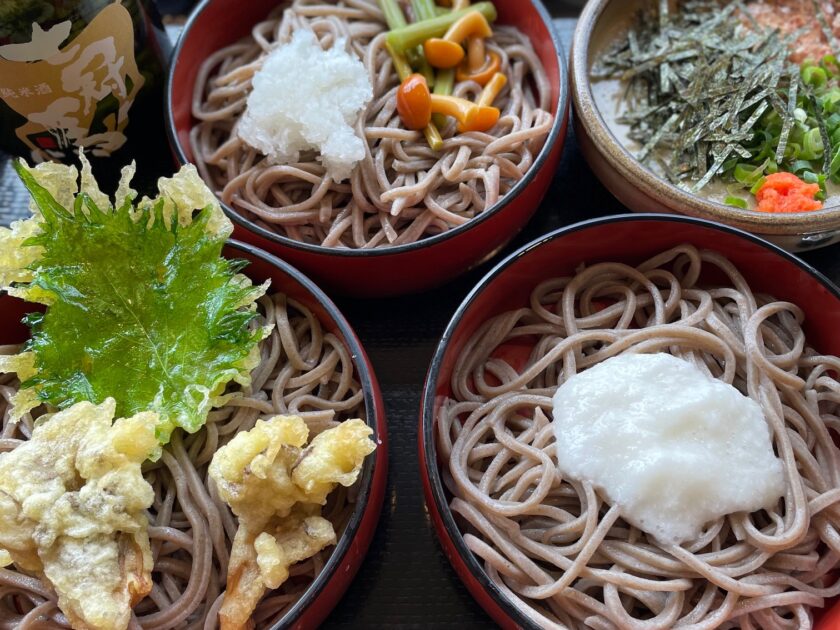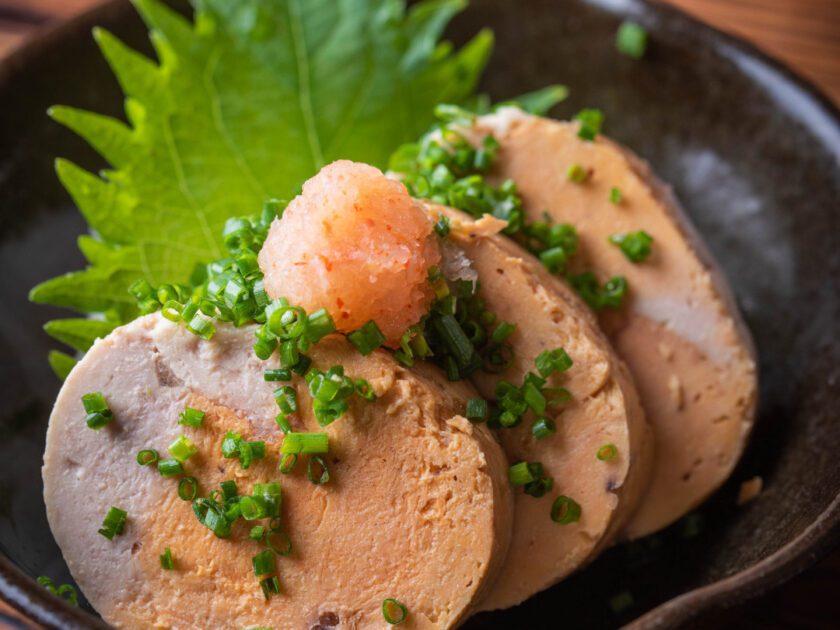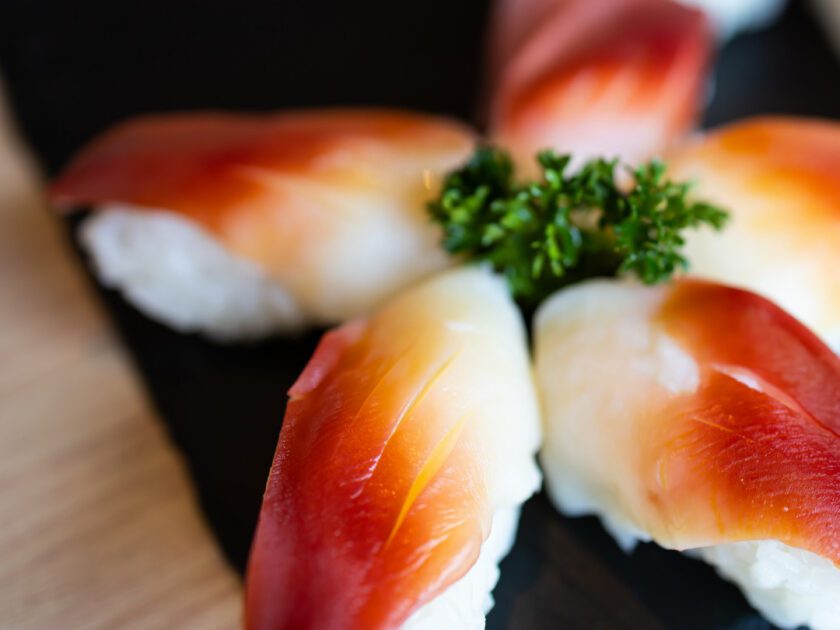April itinerary in Japan Day 1 (Kochi Meal edition)
April itinerary in Japan Day 1 (Kochi Prefecture Meal edition) (Monday, April 18) Table of contents 1. Hirome Market Chinmi-do 2. Craft beer TOSACO 3. Tanaka Fresh Fish Store 4. Okamura Kamaboko store 5. Izakaya Kihachi 1. Hirome Market Chinmi-do I had to wait for about 2 hours for the limited express train from Kochi Station to Tosakure Station, so I had breakfast at “Chinmi-do” in “Hirome Market“. “Hirome Market” is open from 10 am to 10 pm, so it is a very convenient market for tourists. “Chinmi-do” is the largest store in “Hirome Market”. They have so many seafood and food of the mountains that are unique to Kochi that we can’t imagine them in the market. I ate “Noresore”, “Dorome (raw whitebait)”, “Crab innards”, “Whale sinewy meat”, “Grilled mackerel sushi” and drank a sake “Senchu Hassaku”. “Noresore” is a fry of conger eel (juvenile conger) and is a marine delicacy in Kochi prefecture. “Noresore” has a white and transparent body, and is also called a water fairy because of its mysterious appearance. The season for “Noresore” from Kochi prefecture is from February to May. In addition, “Noresore” is the name spread all over the country in







